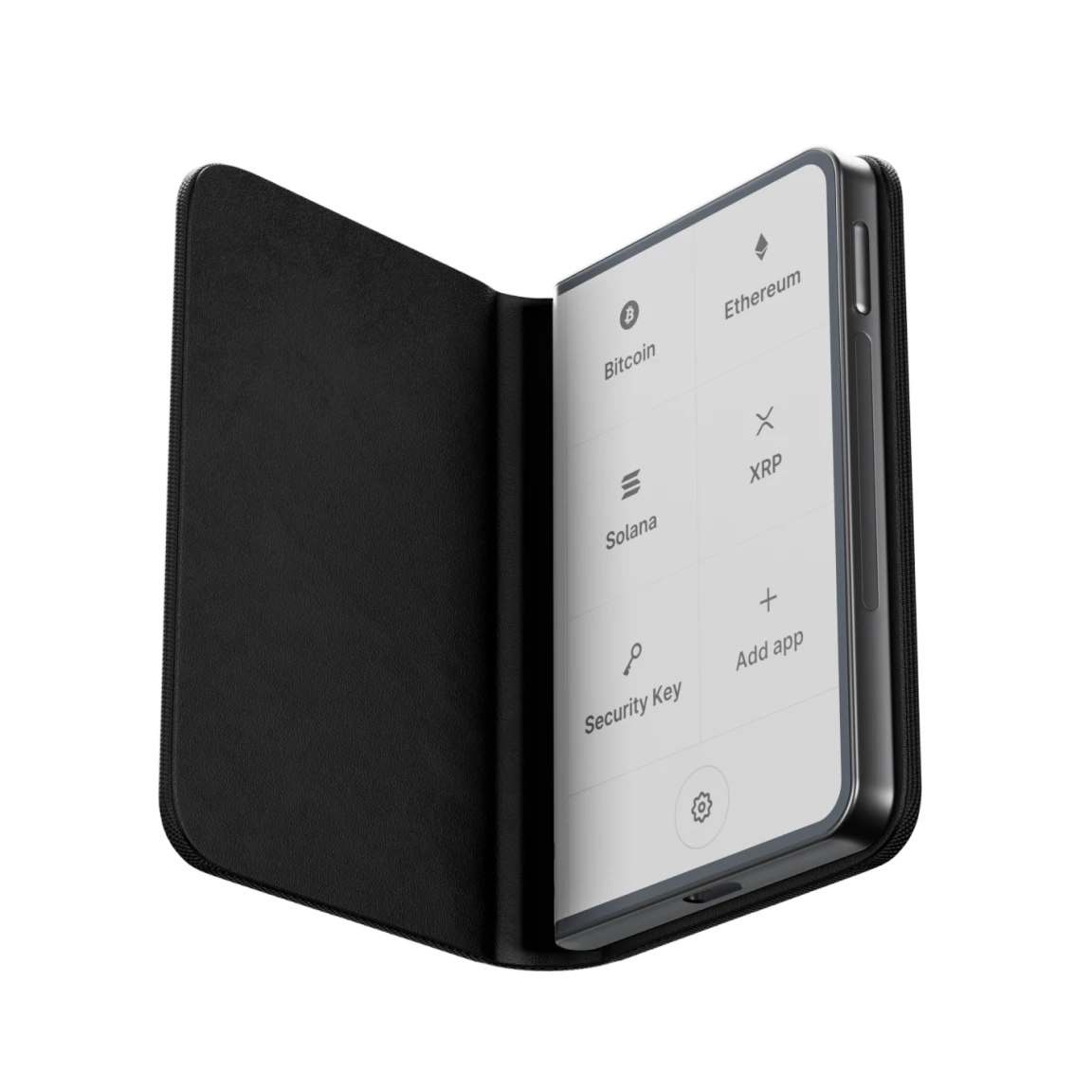As cryptocurrencies continue to gain mainstream adoption, secure storage of digital assets has become more important than ever. Whether you're a seasoned crypto investor or just dipping your toes into the world of blockchain, understanding the difference between hot wallets and cold wallets is essential. Both serve the same purpose—storing your cryptocurrency—but they do so in very different ways, each with its own set of advantages and disadvantages.
What is a Hot Wallet?
A hot wallet is connected to the internet. This includes web wallets, desktop wallets, and mobile apps. Some popular hot wallets include MetaMask, Trust Wallet, and Coinbase Wallet.
Pros of Hot Wallets:
-
Convenience: Hot wallets are ideal for frequent trading and quick access to funds.
-
User-friendly: Most hot wallets offer intuitive interfaces, making them great for beginners.
-
Integration: Easily connects to exchanges and DeFi platforms, enabling seamless transactions and staking.
Cons of Hot Wallets:
-
Security risks: Being online makes them vulnerable to hacking, phishing, and malware.
-
Third-party control: If you use a custodial wallet (like some exchange wallets), you don’t control your private keys.
-
Requires constant vigilance: You must regularly update software and use strong passwords and 2FA.
What is a Cold Wallet?
A cold wallet stores your crypto offline, isolated from internet access. Examples include hardware wallets like Ledger and Trezor, or even paper wallets and air-gapped devices.
Pros of Cold Wallets:
-
High-level security: Because they’re offline, cold wallets are virtually immune to online threats.
-
Ideal for long-term storage: Great for holding large amounts of crypto or assets you don’t need to access frequently.
-
Full control: You manage your private keys, enhancing sovereignty and reducing reliance on third parties.
Cons of Cold Wallets:
-
Less convenient: Accessing funds involves multiple steps, making them unsuitable for daily trading.
-
Higher upfront cost: Hardware wallets typically range from $50 to $200.
-
Risk of physical damage or loss: If you lose your cold wallet and haven’t backed up the recovery phrase, your funds are gone forever.
Which Wallet Should You Use?
It depends on your needs:
-
Use a hot wallet if you're actively trading, interacting with DeFi, or need regular access to your crypto.
-
Use a cold wallet for long-term storage, large amounts, or if you're particularly concerned about online threats.
Many savvy investors use both: keeping a small amount in a hot wallet for daily use and storing the bulk in a cold wallet for security.
Final Thoughts
When it comes to cryptocurrency, not your keys, not your coins still rings true. Whether hot or cold, always ensure you understand how your wallet works and take necessary precautions. The right wallet strategy balances security, convenience, and control, tailored to your personal needs and risk tolerance.
As crypto evolves, so do the tools to protect it. Choose wisely—and stay safe on the blockchain.

Comments
Post a Comment